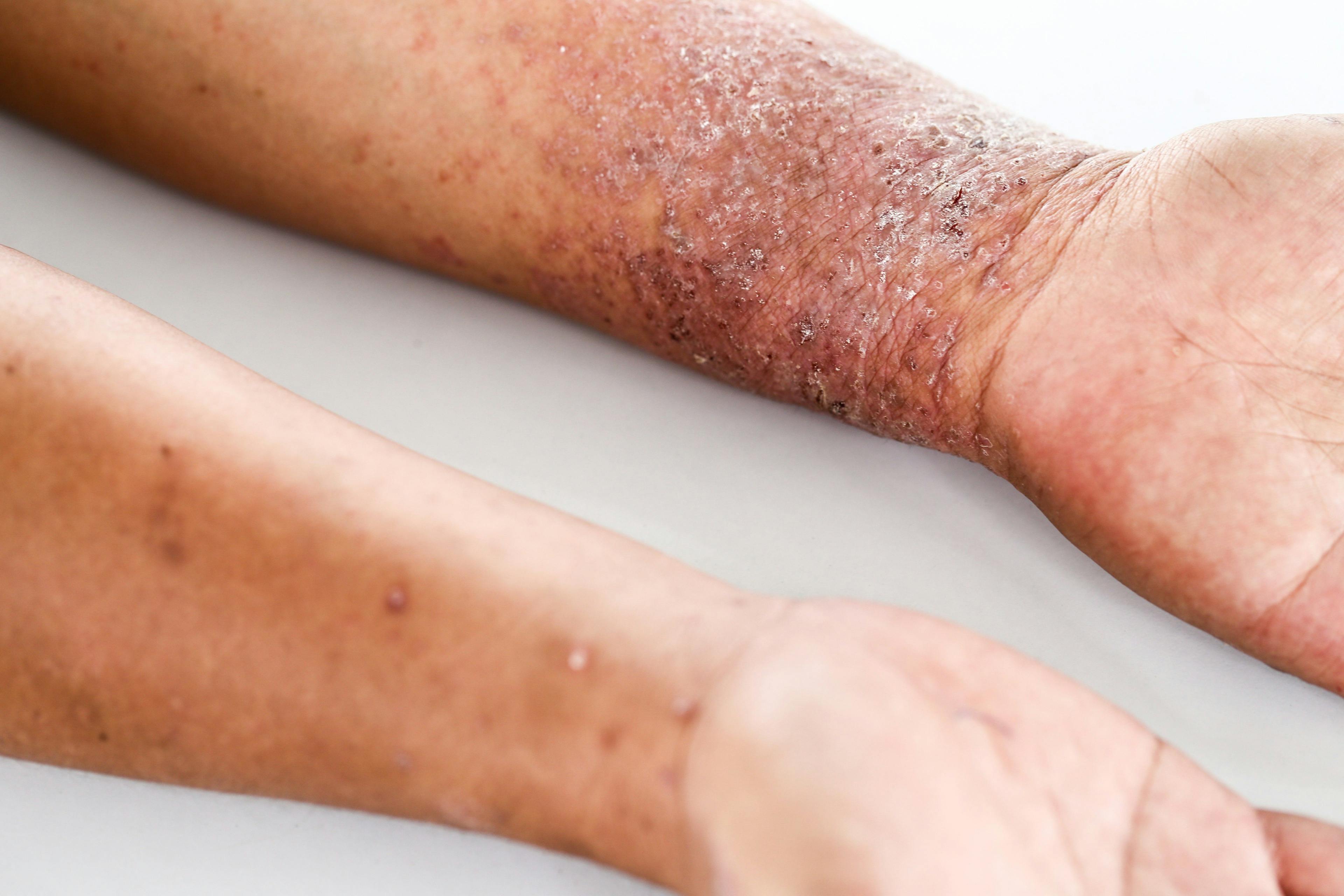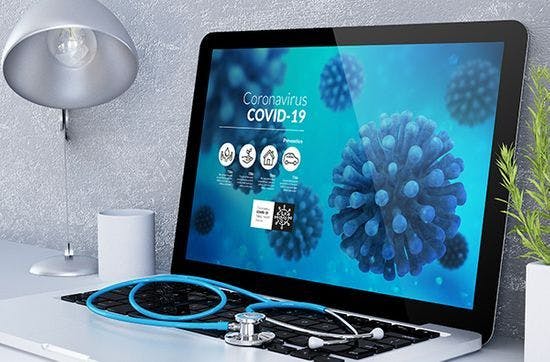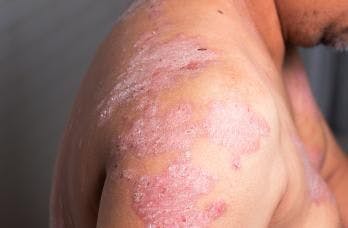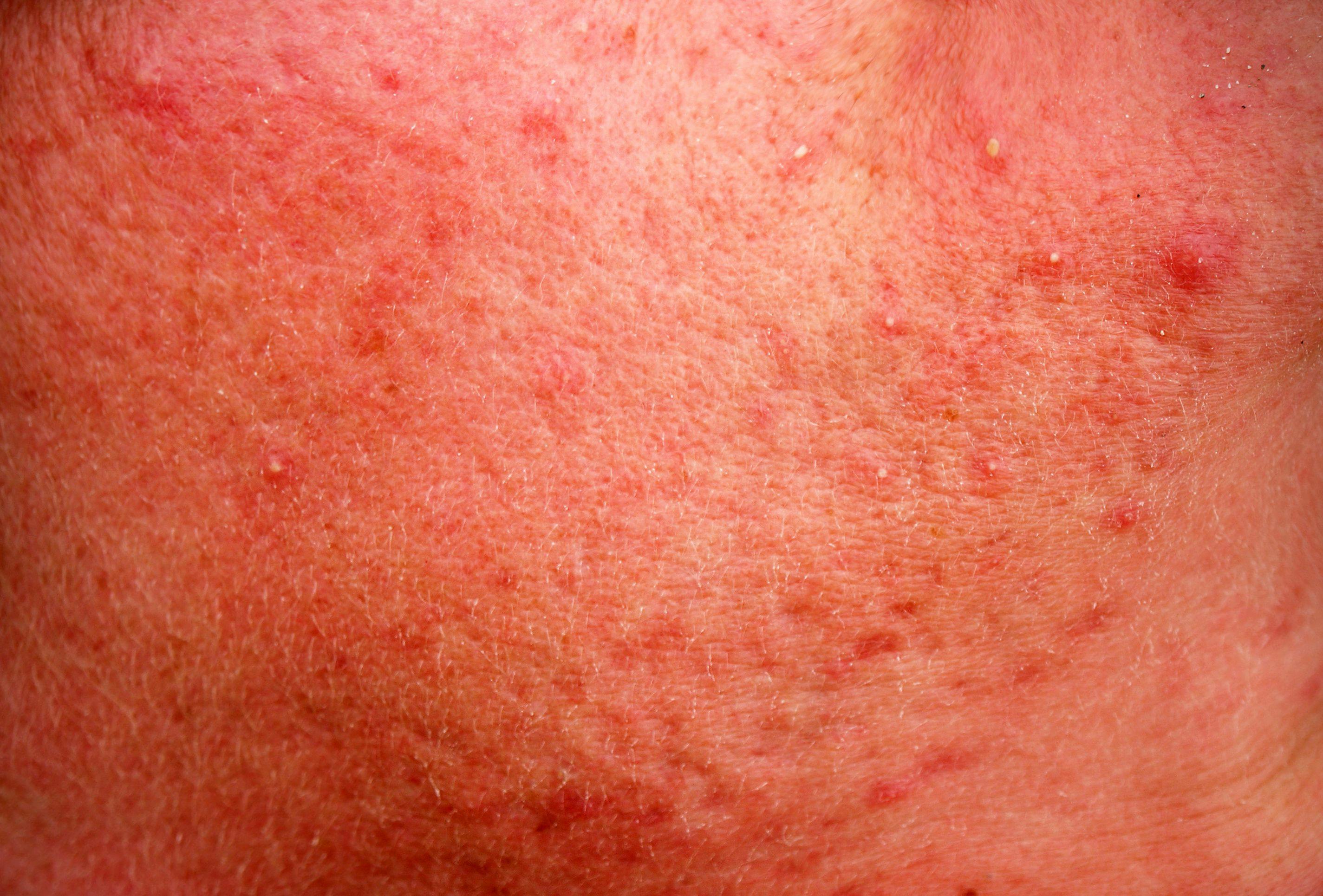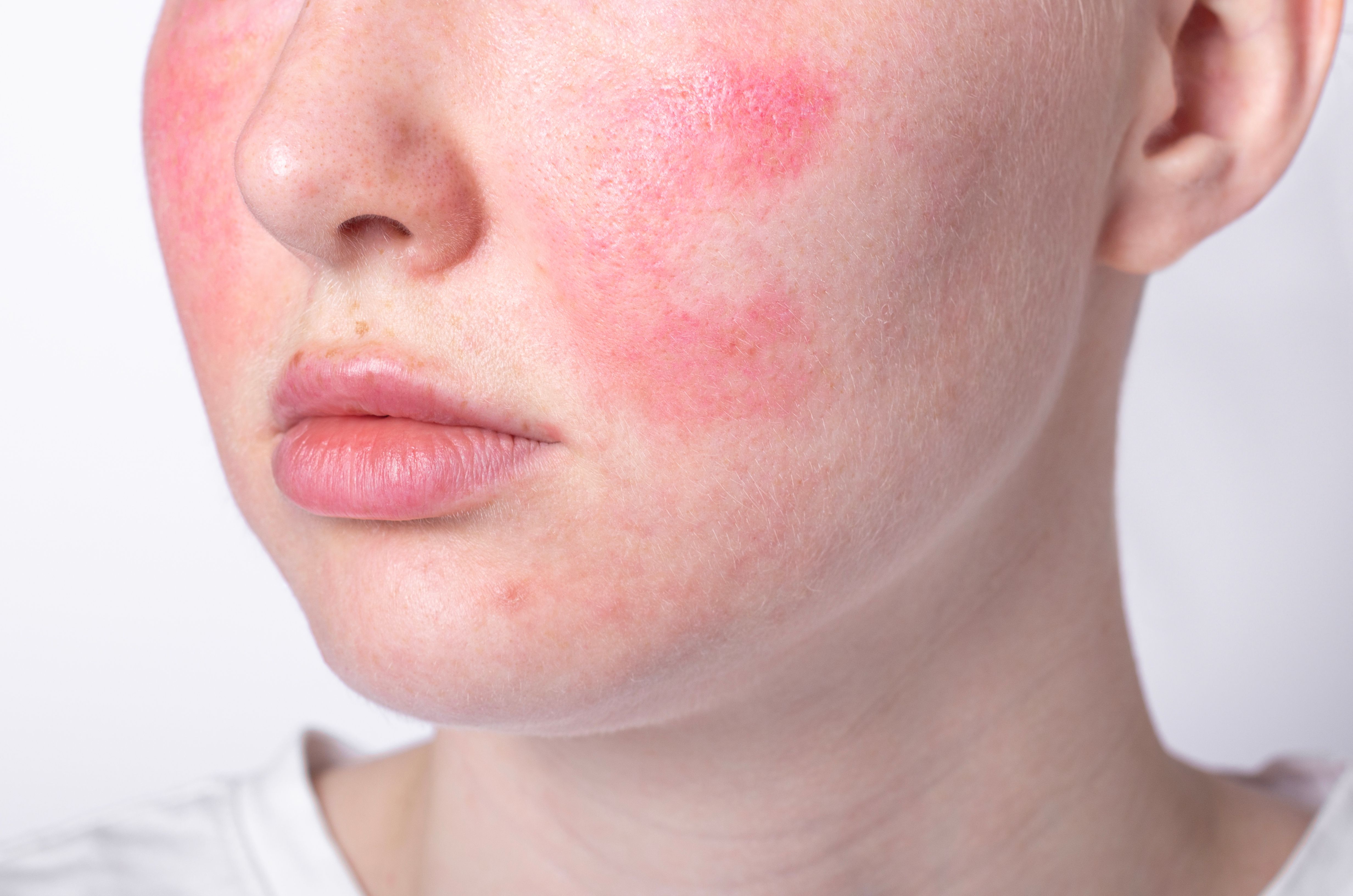- Acne
- Actinic Keratosis
- Aesthetics
- Alopecia
- Atopic Dermatitis
- Buy-and-Bill
- COVID-19
- Case-Based Roundtable
- Chronic Hand Eczema
- Chronic Spontaneous Urticaria
- Drug Watch
- Eczema
- General Dermatology
- Hidradenitis Suppurativa
- Melasma
- NP and PA
- Pediatric Dermatology
- Pigmentary Disorders
- Practice Management
- Precision Medicine and Biologics
- Prurigo Nodularis
- Psoriasis
- Psoriatic Arthritis
- Rare Disease
- Rosacea
- Skin Cancer
- Vitiligo
- Wound Care
Publication
Article
Dermatology Times
AI-powered diagnostic tool accurately identifies rosacea
Author(s):
A new artificial intelligence-powered diagnostic tool, Ros-NET, was able to accurately identify rosacea, making way for further development of the technology to aid in diagnosis of the skin condition, according to a recent study.
Typically, dermatologists will diagnose rosacea through a physical examination, but this method is subject to high intra- and inter-observer variability when assessing patients. However, according to a study funded by the National Rosacea Society (NRS), researchers found that a computer diagnostic tool, Ros-NET, is able to accurately identify rosacea.1
The study was conducted by a research team from Ohio State University’s (OSU) Department of Dermatology and the Wake Forest School of Medicine, and was led by Benjamin Kaffenberger, M.D., associate professor of dermatology at OSU Wexner Medical Center.
“…we proposed a quantitative and reproducible computer‐aided diagnosis system, Ros‐NET, which integrates information from different image scales and resolutions in order to identify rosacea lesions,” writes Binol H, Plotner A, et al.
MORE: Age influences choice of rosacea therapies
Initially, investigators sought to construct an algorithm that was similar to one they had previously created for acne to help better identify rosacea. However, the team was able to utilize artificial intelligence (AI) to build a “deep learning” algorithm that is specifically tailored for rosacea.
Ros-NET uses digital images shot in natural white light to locate areas on the face affected by rosacea. Also, the algorithm does not need help locating areas that are possibly affected by rosacea, but rather utilizes natural facial features to define facial boundaries and lighting to recognize areas prone to rosacea, according to a press release from NRS.2
Investigators collected over one million images of patients with rosacea from current databases in order to train the algorithm’s identification abilities.
During the study, clinical findings, images and demographics were gathered from 166 patients diagnosed with rosacea.
The study found that Ros-NET was able to accurately recognize rosacea in patients roughly 88-90% of the time.1
“Using a leave‐one‐patient‐out cross‐validation scheme, the weighted average Dice coefficients, in percentages, across all patients (N = 41) with 256 × 256 image patches are 89.8 ± 2.6% and 87.8 ± 2.4% with Inception‐ResNet‐v2 and ResNet‐101, respectively,” the study authors report.
In addition, the algorithm was not able to recognize all of the various symptoms and lesions associated with rosacea, including papules, pustules, nasal swelling, telangiectasis, erythema and facial flushing. The AI-powered diagnostic toll was not able to further detail the affected areas.1
While the algorithm’s identification capabilities for rosacea are high, researchers see a need for further development of the technology through implementation of more patient images in an effort to improve diagnostic accuracy and identification of various symptoms of the skin condition, according the an NRS press release.2
RELATED: PDL, botulinumtoxinA improves rosacea symptoms
“The findings from this study support that pre‐trained networks trained via transfer learning can be beneficial in identifying rosacea lesions,” Binol H, Plotner A, et al write. “Our future work will involve expanding the work to a larger database of cases with varying degrees of disease characteristics.”
References:
1. Binol H, Plotner A, et al. Ros-NET: A deep convolutional neural network for automatic identification of rosacea lesions. Skin Res Technol 2020 May;26(3):413-421. doi:10.1111/srt.12817
Rosacea.org. 2020. New Rosacea Survey Shows Most Patients Are Satisfied With Therapy, But More Awareness Of Treatment Options Is Needed. [online] Available at: <https://www.rosacea.org/press/2020/october/new-rosacea-survey-shows-most-patients-satisfied-with-therapy> [Accessed 4 November 2020].

Newsletter
Like what you’re reading? Subscribe to Dermatology Times for weekly updates on therapies, innovations, and real-world practice tips.


